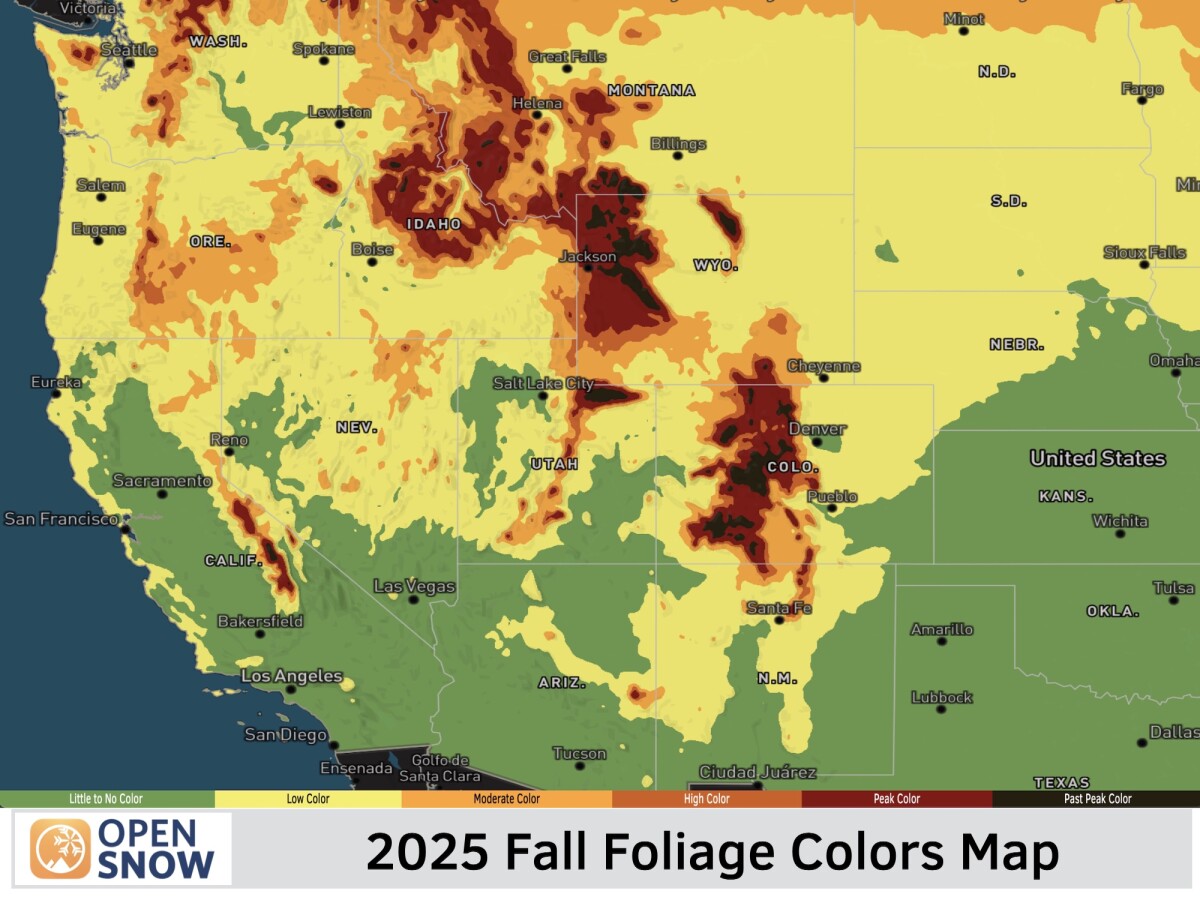News

By Joel Gratz, Founding Meteorologist Posted 8 years ago September 5, 2016
NOAA’s 2016-2017 Winter Forecast

The US National Oceanic and Atmospheric Administration makes long-range forecasts each month. For skiers, the forecasts that NOAA makes in August and September are especially interesting as this is the time that many of us start to build our wish lists for where we’d like to travel during the upcoming winter.
Warning
Long-range forecasts are rarely accurate and most of last season’s forecasts were incorrect. Also, these forecasts are for three-month averages, but skiing quality improves and degrades on the scale of days and weeks. In short, don't put too much stock in this forecast!
Temperature: December, January, and February
The northern tier of the US has the best chance to experience colder-than-average temperatures. This also includes Canada, which isn’t shown because this is a forecast produced by the US government.

Precipitation: December, January, and February
Once again, the northern tier of the US (and Canada) has the best chance of above-average precipitation. Along with a good chance of below average temperatures, this could translate into above average snowfall.

Influence of La Nina
The maps above look similar to what we’d expect during a typical La Nina winter. During a La Nina, the ocean water temperature west of South America is colder than average and this affects weather patterns over North America (as well as other areas around the world).

Will we experience a La Nina this winter?
The latest forecasts show a 50-60% chance of experiencing a La Nina this winter. Those are not compelling odds.

What does this mean?
Lots of forecasters are jumping on the La Nina bandwagon, which points to higher-than-average snowfall across the northern US and into Canada. But, there is only a 50-60% chance of a La Nina, and even if there is a La Nina, it will likely be weak to moderate at best.
Last season, we experienced a strong El Nino, so most forecasters felt confident that our weather pattern would be similar to what we get during a typical El Nino year. But that turned out to be wrong.
Don’t place too much confidence in these long-range forecasts. The weather pattern that we expect from La Nina could easily shift a bit east or west compared to what the maps show above. Also, a three-month average of temperature and precipitation doesn’t tell you when to find the best powder days, so these long-range forecasts are of somewhat limited usefulness.
For a different take, read BA's preliminary forecast for Lake Tahoe.
Shameless Plug: All Access
The fun begins within about 10 days of a storm, which is when we start to be able to forecast which regions and which days could offer the best powder.
Being an All-Access member allows you to see our 10-day forecasts, time-lapse webcams for tracking exactly when fresh snow has fallen, and the ability to receive custom alerts to know when powder days are approaching. All of this costs just $19 for one full year (365 days).
In other words, one year of getting the best information about powder will cost you about the same as you’ll spend on one lunch at most resorts.
Find out more about OpenSnow's All-Access pass.
Email Updates
If you’d like to get alerted when we publish future articles like this one, and also get access to deals and contests, sign up for our email list. It’s free, and you can unsubscribe at any time.
Sign up for our email list by clicking here —> http://opsw.co/2bao4gA
Keep dreaming of future powder days!
JOEL GRATZ
About The Author




